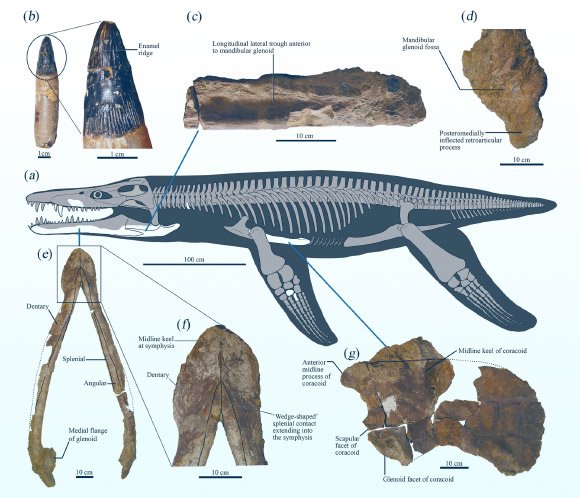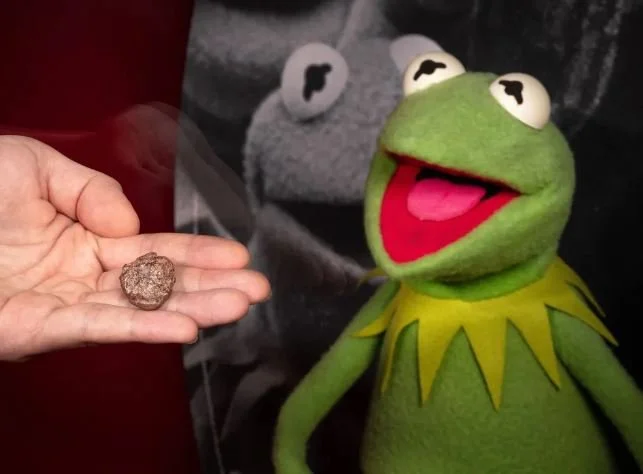Ancient Sea Murderer Identified from Fossil Remains
A new (but very old) Jurassic-era creature has just been described by paleontologists, and it already goes by many names: ancient sea monster, Lorrainosaurus, sea murderer (!), and, as noted in the journal Scientific Reports, where the new research appears, “macropredatory pliosaurid.”
The fossils of this 170-million-year-old marine reptile were discovered 40 years ago in northwestern France. Other than a brief report published in 1994, not much was said about Lorrainosaurus until an international team of scientists re-evaluated the finds.
What they found was a giant eating machine, a 19-foot torpedo with long teeth, the “ecological equivalents of today’s killer whales,” according to the study co-author Benjamin Kear, curator of vertebrate paleontology at Uppsala University in Sweden. Pliosaurs like this one were among the most successful marine predators of their time, chomping down on “squid-like cephalopods, large fish, and other marine reptiles. These have all been found as preserved gut contents,” said Kear.
Other pliosaurs, cousins to the Lorrainosaurus, were even larger, some topping 30 feet in length, much of it taken up by the neck. The genus pliosaurus first emerged over 200 million years ago and, after a long period of being relatively bit players in marine ecosystems, emerged as apex predators by the early to middle Jurassic era (about 175 to 171 million years ago). These creatures were not dinosaurs, per se, but distant cousins of modern turtles.
Sachs et al via Scientific Reports
Photo credit: Joschua Knüppe via Sci News








